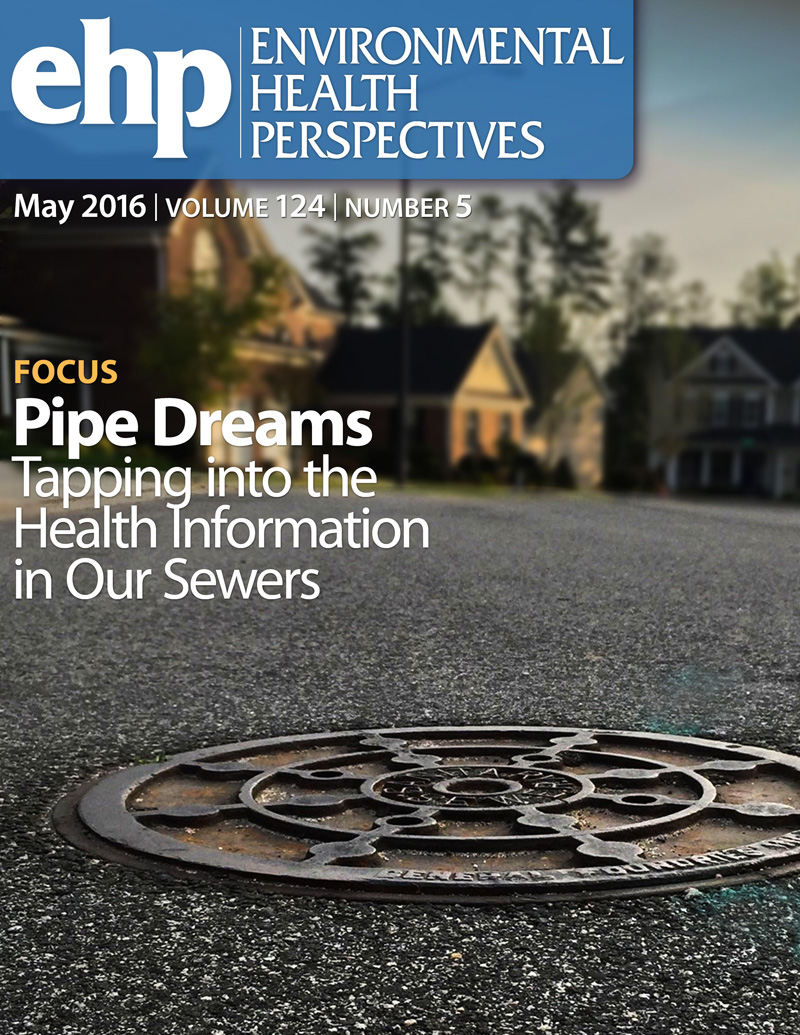Effects of cooking with liquefied petroleum gas or biomass fuels on neurodevelopmental outcomes in pre-school aged children living in Puno, Peru.
IF 9.8
1区 环境科学与生态学
Q1 ENVIRONMENTAL SCIENCES
引用次数: 0
Abstract
BACKGROUND Burning biomass fuels for cooking is a widespread environmental exposure that may adversely affect child health. We conducted an 18-month randomized field trial comparing a liquefied petroleum gas (LPG) stove, continuous fuel delivery and behavioral messaging intervention starting in pregnancy through infancy with usual cooking practices using biomass fuels in Puno, Peru. A total of 800 pregnant women were enrolled. The intervention successfully lowered personal exposures to fine particulate matter (PM2.5) during pregnancy and infancy. OBJECTIVE We sought to evaluate the effects of the intervention on neurodevelopment among pre-school aged offspring. METHODS We conducted a longitudinal follow-up study in a subset of Peruvian children born during the trial and assessed neurodevelopment between 24 and 36 months of age. Trained staff measured neurodevelopment using the Bayley Scales of Infant and Toddler Development Third Edition (Bayley-III). The Bayley-III neurodevelopmental assessment test yields separate cognition, language, and motor scores. We measured personal exposures to PM2.5 three times during pregnancy and three times in infancy. We conducted modified intention-to-treat analyses of the intervention on Bayley-III scores, and exposure-response analyses between pre-natal and post-natal PM2.5 exposures and Bayley-III scores. RESULTS A total of 301 children (mean age 29.0 ± 3.5 months; 47.8% girls; and 54.8% in intervention) were visited. Mean cognitive, language and motor scores were 90.8 ± 11.0, 89.0 ± 10.8, and 95.3 ± 12.9, respectively. On intention-to-treat, the adjusted differences between intervention and control arms were -1.9 (98.3% CI -4.9 to 1.2), -2.9 (-6.0 to 0.1), and -1.4 (-5.0 to 2.3) for the composite cognitive, language, and motor scores, respectively. We did not identify associations between PM2.5 exposures during the 18-month intervention and any of the Bayley-III scores, or when the personal exposures to PM2.5 were separated as either prenatal or post-natal. DISCUSSION The LPG intervention did not improve neurodevelopment in Peruvian children. We also did not find an association between prenatal or post-natal PM2.5 exposures and neurodevelopment. https://doi.org/10.1289/EHP15500.用液化石油气或生物质燃料烹饪对秘鲁普诺学龄前儿童神经发育结果的影响。
燃烧生物质燃料烹饪是一种广泛的环境暴露,可能对儿童健康产生不利影响。我们在秘鲁普诺进行了一项为期18个月的随机现场试验,比较了液化石油气(LPG)炉子、从怀孕到婴儿开始的连续燃料输送和行为信息干预,以及使用生物质燃料的常规烹饪方法。总共有800名孕妇参加了这项研究。干预措施成功地降低了孕期和婴儿期个人接触细颗粒物(PM2.5)的风险。目的探讨干预对学龄前儿童神经发育的影响。方法我们对试验期间出生的秘鲁儿童进行了一项纵向随访研究,并评估了24至36个月大的神经发育情况。训练有素的工作人员使用Bayley婴幼儿发展量表第三版(Bayley- iii)测量神经发育。贝利- iii神经发育评估测试分别给出了认知、语言和运动的分数。我们在怀孕期间和婴儿期分别测量了三次个人接触PM2.5的情况。我们对干预对Bayley-III评分的影响进行了修改意向治疗分析,并对产前和产后PM2.5暴露与Bayley-III评分之间的暴露反应进行了分析。结果共301例患儿(平均年龄29.0±3.5个月;47.8%的女孩;干预组(54.8%)。平均认知、语言和运动得分分别为90.8±11.0、89.0±10.8和95.3±12.9。在意向治疗方面,干预组和对照组的综合认知、语言和运动评分调整后的差异分别为-1.9 (98.3% CI -4.9至1.2)、-2.9(-6.0至0.1)和-1.4(-5.0至2.3)。我们没有发现18个月干预期间PM2.5暴露与任何Bayley-III评分之间的关联,也没有发现个人PM2.5暴露在产前或产后分开时的关联。LPG干预并没有改善秘鲁儿童的神经发育。我们也没有发现产前或产后PM2.5暴露与神经发育之间的联系。https://doi.org/10.1289/EHP15500。
本文章由计算机程序翻译,如有差异,请以英文原文为准。
求助全文
约1分钟内获得全文
求助全文
来源期刊

Environmental Health Perspectives
环境科学-公共卫生、环境卫生与职业卫生
CiteScore
14.40
自引率
2.90%
发文量
388
审稿时长
6 months
期刊介绍:
Environmental Health Perspectives (EHP) is a monthly peer-reviewed journal supported by the National Institute of Environmental Health Sciences, part of the National Institutes of Health under the U.S. Department of Health and Human Services. Its mission is to facilitate discussions on the connections between the environment and human health by publishing top-notch research and news. EHP ranks third in Public, Environmental, and Occupational Health, fourth in Toxicology, and fifth in Environmental Sciences.
 求助内容:
求助内容: 应助结果提醒方式:
应助结果提醒方式:


